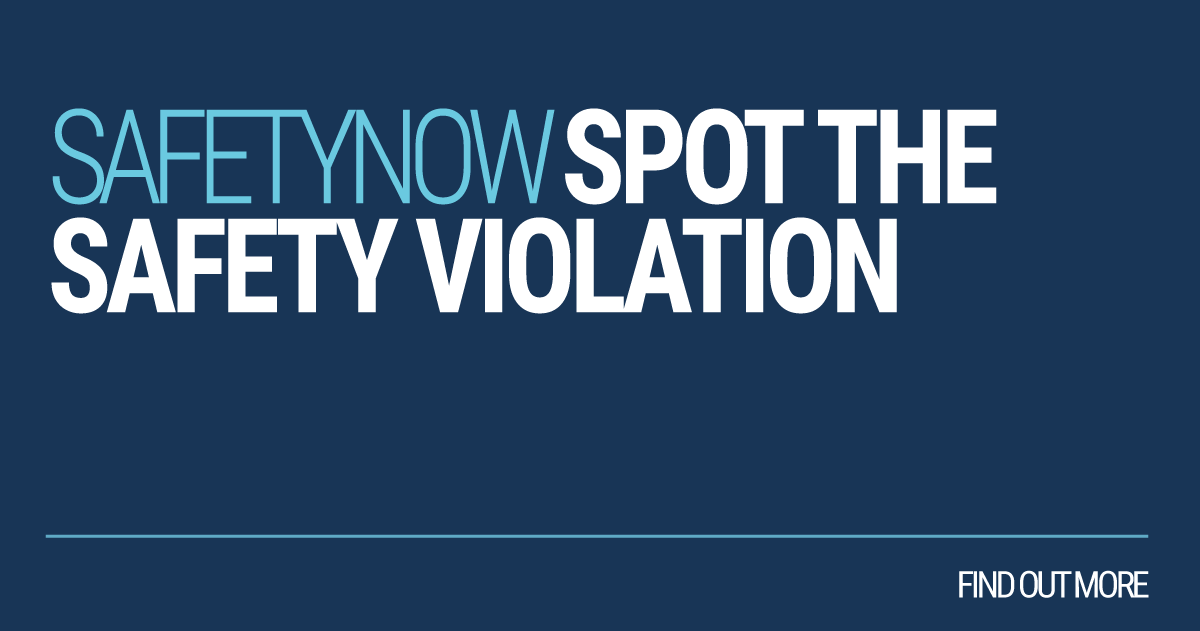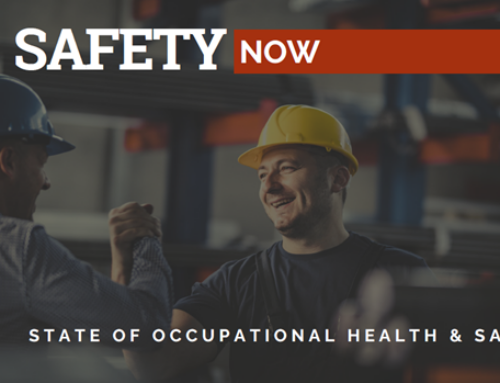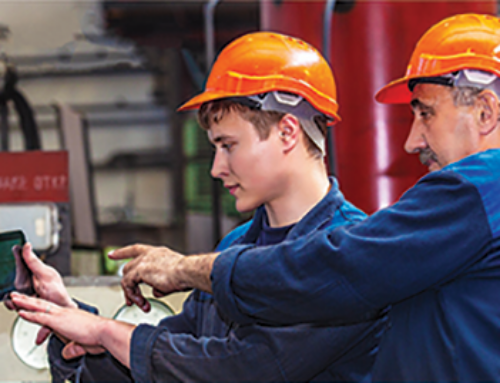Safety training needs a few elements to be highly effective:
First of all, it needs to be compliant. If you are not communicating the right message, as per regulations and industry standards – not only is the organization at a high level of risk for fines or criminal prosecution, but your employees are at serious risk of accidents, injuries, or even fatalities. If your training isn’t compliant, and you aren’t confident in that fact – you might as well do no training at all – the net results are the same.
Second, your training needs to be engaging. If your employees are not involved in the conversation, participating with the learning, or at a very minimum, active listening – no matter how critical or compliant your message is, it won’t sink in. What’s the point in training at all?
Last, your training message has to be memorable and reinforced. Did you know that research shows that 70% of a training message is lost within the first 24 hours? Given this fact, it is critical that your safety message is reinforced, not only in those first 24 hours, but at all times.
So safety training is important – no, safety training is critical – not only to the overall culture and well- being of an organization, but to the bottom line as well. We can all agree on this; but again, when we asked managers and directors across over 15 industries, their concern wasn’t the merit of safety training; their concerns were primarily focused on the resonance and impact of their training.
We spend a lot of time and focused effort on creating compliant training that engages. We base our resources on proven Cognitive Learning Theories. But we know that training doesn’t exist in a silo, and that employees are diverse. This is why we have created resources and solutions that reinforce safety training within the instructor-led meeting and beyond.
One of those resources are what we call “Spot the Safety Violation,” and our thousands of member organizations across NA rank it with an 8.9 NPS score year over year – which means they like it. Not only that, but it helps them communicate the seriousness of safety awesomeness, engage their employees, and reinforce their safety message.







